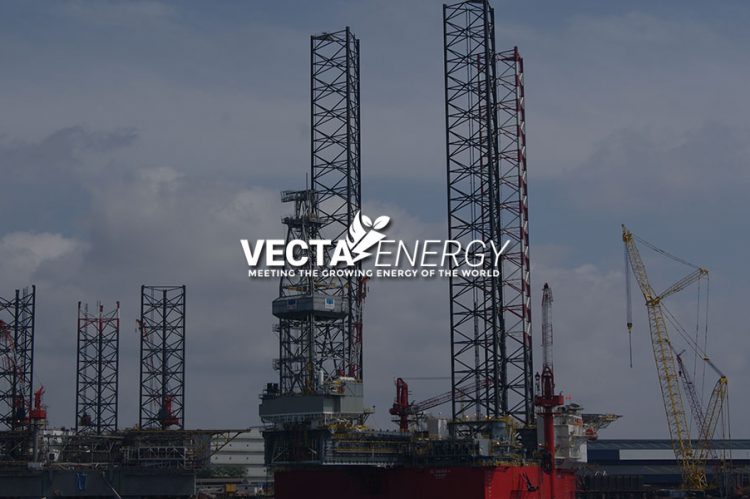In the past, drilling was only limited to coastal drilling. But now, due to technological development, it is possible to drill in great depths anywhere in the sea. Here are the major offshore oil rigs used today.
Fixed platform

These rigs are placed into the seabed directly. These are tall steel structures that rise up. There is a surface deck where drilling modules are available. The crews also live here. These rigs can drill up to 1,500 feet deep. It is very expensive to construct these rigs. So, unless your survey results show the possibility of a high amount of oil reserves, it is not worth building these rigs.
Floating production system

This is an unconventional method of drilling oil. It is used when companies need to get oil from deeper into the ocean. A part of this system floats on the water and part of it is submerged under the water. It can be used to dig oil from up to 6,000 feet below the surface of the water.
Jack-up rig

These are used for shallow water drilling. So, if you have found a small offshore oil deposit then this type of rig is appropriate. These rigs have floating platforms that are towed by barges. It has support legs that are lowered into the seabed and so the rig comes on top of the water surface. The legs can be lowered up to a limited depth.
Continuous improvements are going on in the development of offshore rigs. Companies now have to dig deep down to extract oil, so they need a more sophisticated system and latest technology to locate the source of oil. Bringing up the oil to the surface can be very challenging. There are lots of risks involved. Oil companies must learn how to perform these tasks safely.

